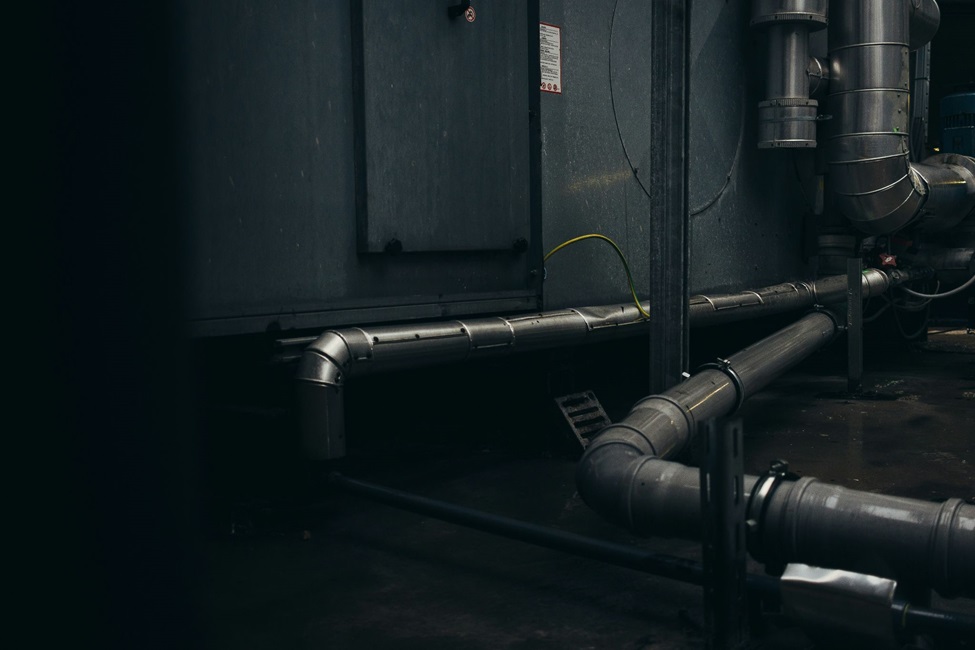Utility piping systems are important for modern infrastructure. They provide water, gas, and sewage disposal. It’s important to keep these systems safe during installation and maintenance to prevent accidents, service interruptions, and environmental hazards.
This guide explains the safety measures to take when installing and maintaining utility piping and reinforcing steel fabrication.
1. Safety Measures Before Installing The Product
The answer is: Design Planning
Thorough Planning: Develop plans and specifications that meet local codes and industry standards for utility piping.
Check for dangers and find ways to reduce them
For example: Preparation of the Site:
Utility Locating: Use services to find and mark underground utilities to prevent damage by accident.
Make sure the area is clear of obstacles and dangerous things before starting work.
Approval:
Get the necessary permits and approvals from the authorities. Follow local, state, and federal rules for utility installations.
2. Installation is Safe
Personal protective equipment:
Make sure all workers wear the right protective equipment, like hard hats, safety glasses, gloves, and boots with steel toes. Specialized PPE: Use high-visibility vests and respiratory protection when necessary.
For example: Safety
Check and maintain all tools and equipment regularly to make sure they are in good working condition. Training: Make sure operators are trained and certified to use equipment like trenchers or pipe fusion machines.
Safety at the excavation site
Follow OSHA guidelines for trench safety, including using shoring, shielding, and sloping techniques. Use ladders or steps to make safe access to trenches and excavations.
Handling Hazardous Materials Handling:
Keep MSDS for all hazardous materials on site and make sure workers know about them. Store hazardous materials safely away from work areas to prevent accidental exposure.
Preparing for an emergency
Make emergency plans and tell everyone who works about them.
First Aid: Make sure first aid kits are readily available and workers are trained in basic first aid and CPR.
3. Safety when maintenance is done.
Schedule regular inspections to check the piping system for wear and tear or potential problems.
To find leaks early, use special tools like acoustic sensors and infrared cameras.
Workplace Safety
Use Lockout/Tagout (LOTO) procedures to make sure pipes are free of pressure and safe to work on.
Follow confined space entry protocols, such as atmospheric testing and continuous monitoring.
4. Safety Before-Installation and Maintenance Safety
The answer is: Testing the system
Pressure Testing: Do pressure tests to make sure the piping system is working properly.
Leak Testing: Do leak tests to make sure there are no leaks in the system.
The answer is: Information
Keep detailed records of all installation, inspection, and maintenance activities.
Update Plans: Update plans and system documentation to reflect any changes or repairs made.
Final Words
Safety is important for utility piping installations and maintenance. These safety measures will help you make sure that your utility piping projects are done safely and efficiently. Planning, proper use of PPE, regular inspections, and emergency preparedness are all important parts of keeping a safe work environment. Safety is a commitment that needs to be kept in mind and improved.











